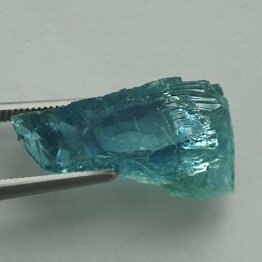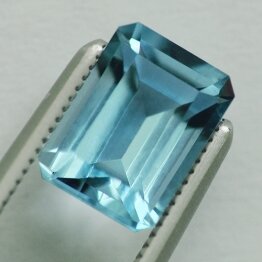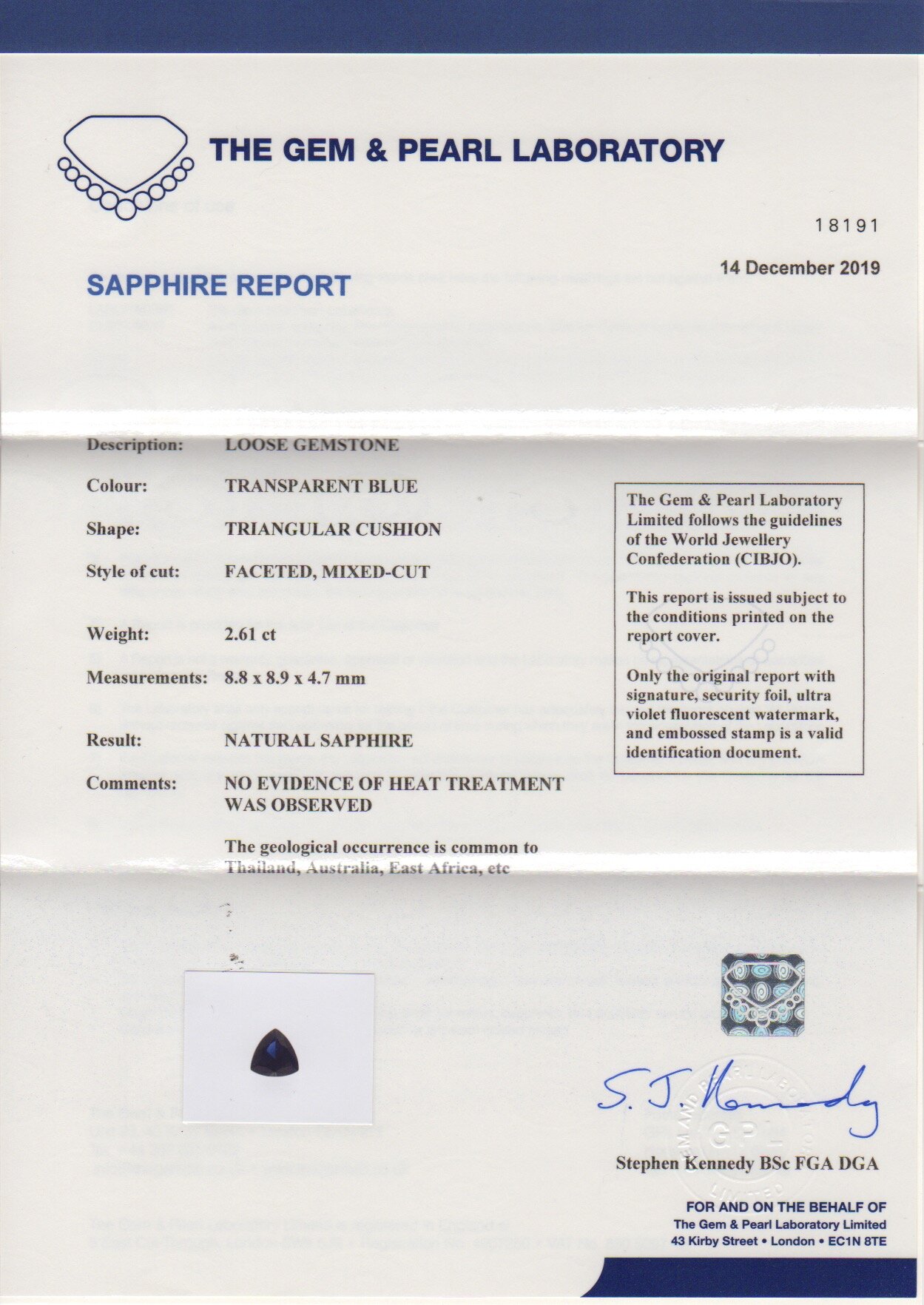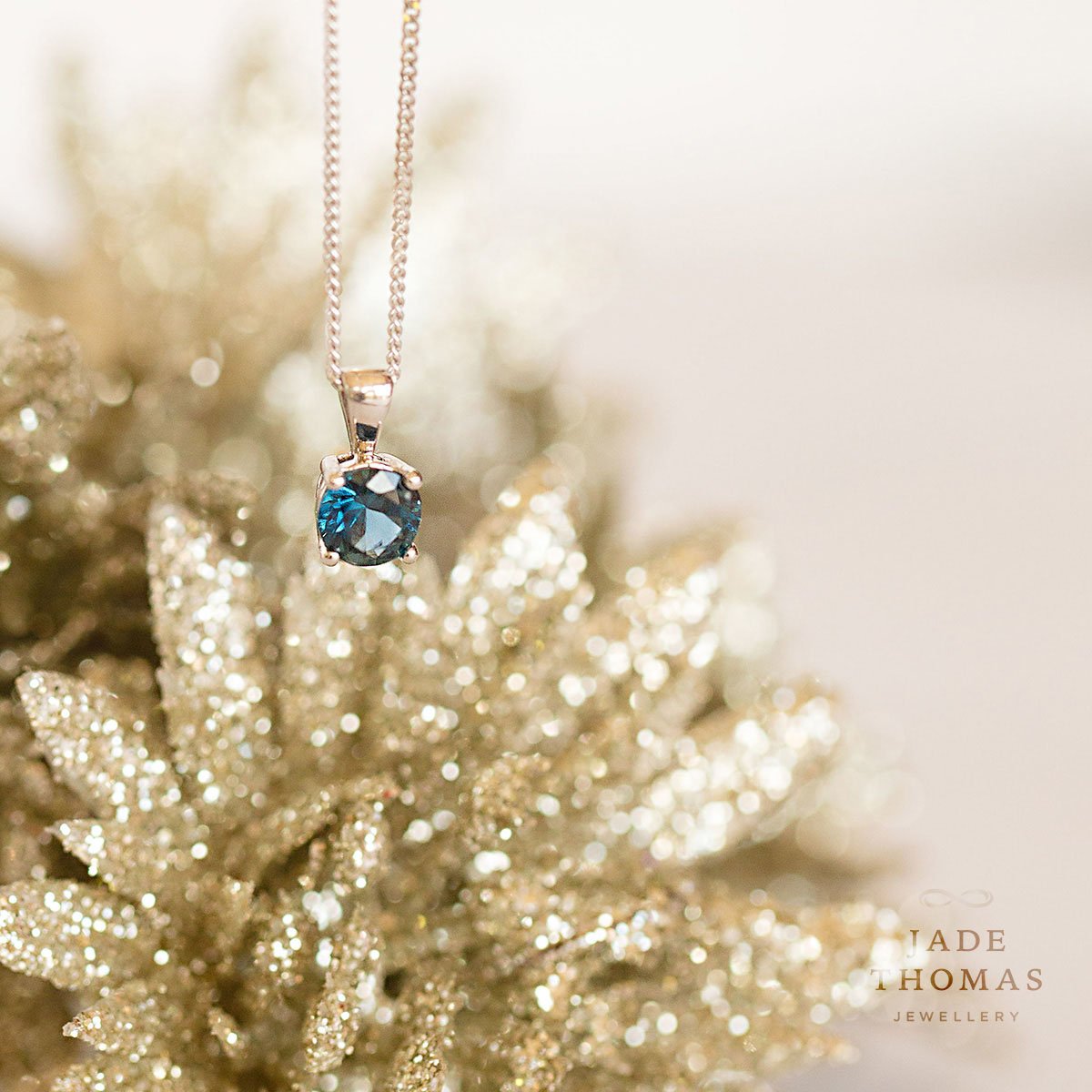This Aquamarine:
This lovely Emerald cut Aquamarine is 1.15ct and 7.41mm high x 5.39mm wide x 3.97mm deep.
It was mined on the 28th April 2016. Mining Location : Kenya
It’s named after a razor sharp and rather fabulous friend!
Aquamarine
The stone before cutting.
After cutting.
This Aquamarine was formed several hundred million years ago. It was formed in what is known as a pegmatitic vein in the Mount Kenya area of East Africa. What this means is that magma from the earth’s core forces its way up through cracks in the rock and collects various minerals along the way. As the magma cools, the different minerals within it solidify at different temperatures and are deposited in veins or cracks in the rock.
This Aquamarine started out as a collection of chemicals known as Alluminium, Beryllium and Silica. Once the magma had almost fully cooled, these chemicals were left over in a rich fluid which concentrated itself in a cavity. Over many millions of years crystals started to form in this cavity which is known as a “gem pocket”. As the crystals formed other impurities such as iron were trapped within them and it is this that makes Aquamarine blue. The environment within this pocket had to remain constant for all these many millions of years otherwise this Aquamarine would never have formed.
Miners digging in the Embu area came across this aquamarine crystal after having blasted into the rock using sticks of dynamite. They opened up the pocket with a hammer and as the first light in hundreds of millions of years penetrated the cavity this aquamarine fell out onto the ground. It was cleaned up with special clippers and taken to Nairobi. It was then examined carefully and cut by master cutters. before I purchased it. A journey of hundreds of millions of years has paused here …
Gem Report
Mining Report
Aquamarine
Aquamarine, like Morganite and Emerald, is derived from the mineral beryl. The ancient Romans believed that aquamarine would protect against any dangers while travelling at sea.
Caring for Aquamarine
It has a hardness of 7.5-8 on the Mohs Scale, Gems with a hardness of 6-7 or greater are quite suitable for rings which are worn occasionally. For a ring like a wedding or engagement ring, intended for everyday wear over a period of years, a hardness rating of 8-10 is recommended. Warm, soapy water is the best method for cleaning aquamarine. The use of ultrasonic and steam cleaners is not generally recommended, just in case the stone has liquid inclusions or fractures, invisible to the eye.




































